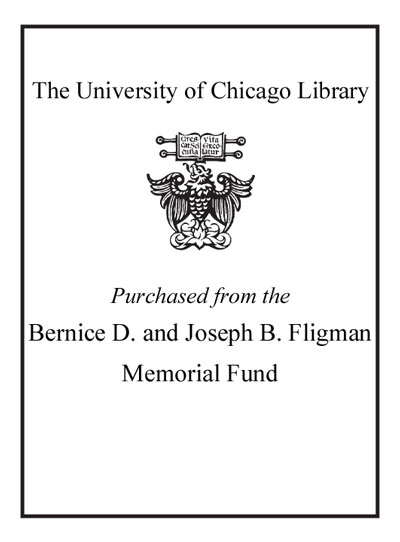Review by Choice Review
Cooke (Yale) sees the Boston of 1680--1720 as exceptional and distinctive in terms of American decorative arts. Connected to the world, particularly London, Bostonians made objects with new interpretations through their selections and choices. They created a new and notable material culture, which the author divides into brick (architecture), slate (tombstones), wood (furniture and building), textiles, ceramics, and silver. Cooke explores each in great depth, providing careful examinations of craftspeople. Boston's material culture resulted in a new identity with locally made and imported goods. The prototype of Boston's "hybridization" of ideas and products from many sources was basically British, but it created new forms for production, reception, consumption, and circulation in the area around Boston. Patterns of trade are emphasized as traders influenced the Boston style by what they imported. Technical throughout, the volume is based on detailed, up-to-date research, particularly from primary sources (documented in extensive notes). The volume is superb in its presentation of outstanding color plates, black-and-white pictures, and 19th-century photographs of architecture, maps, and diagrams. Cooke brings together many influences to explore the process of transforming material culture into a Boston style. This is a valuable addition to the literature on American decorative arts. Summing Up: Highly recommended. Upper-division undergraduates through faculty. --William L. Whitwell, formerly, Hollins College
Copyright American Library Association, used with permission.
Review by Choice Review

